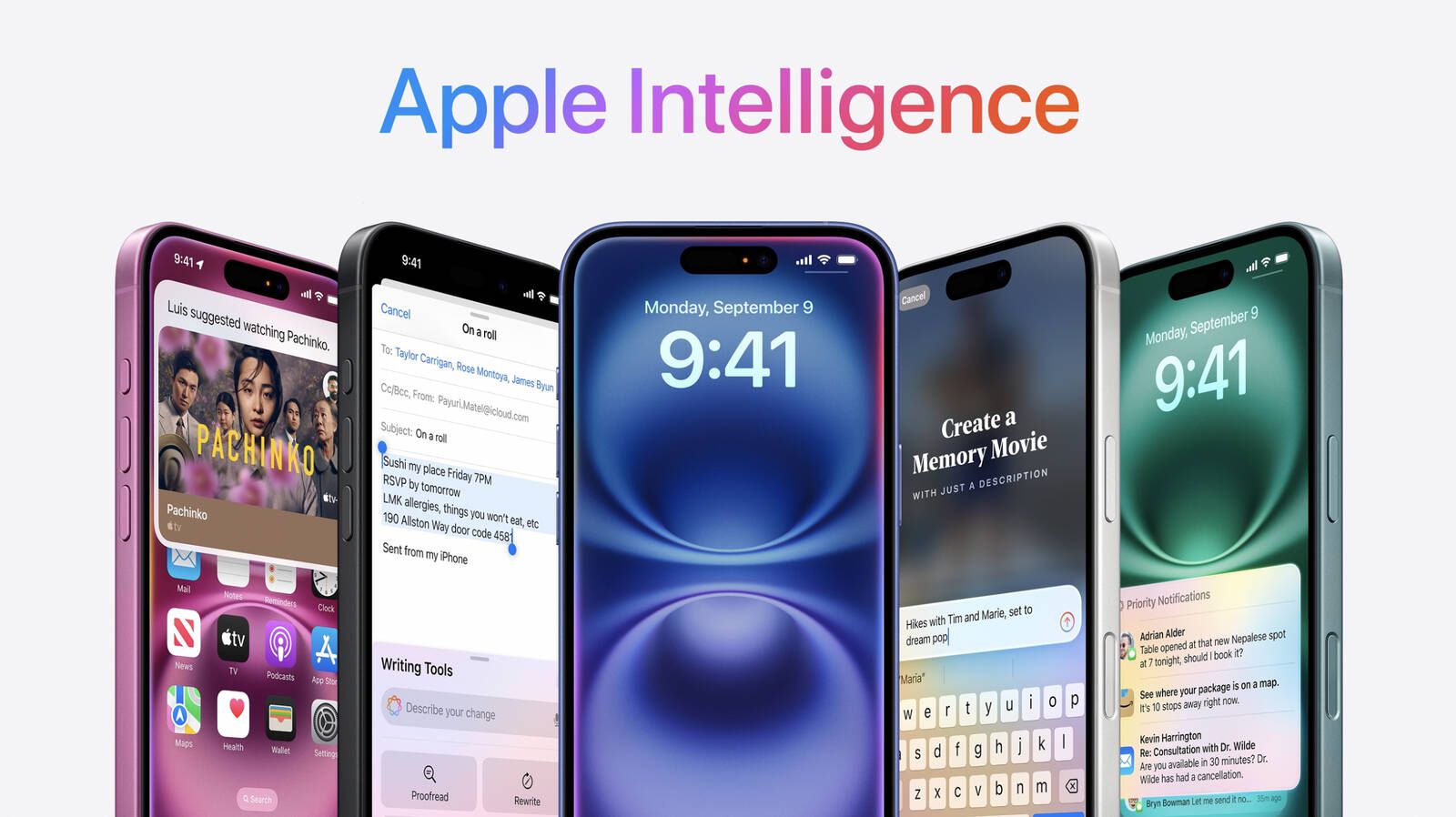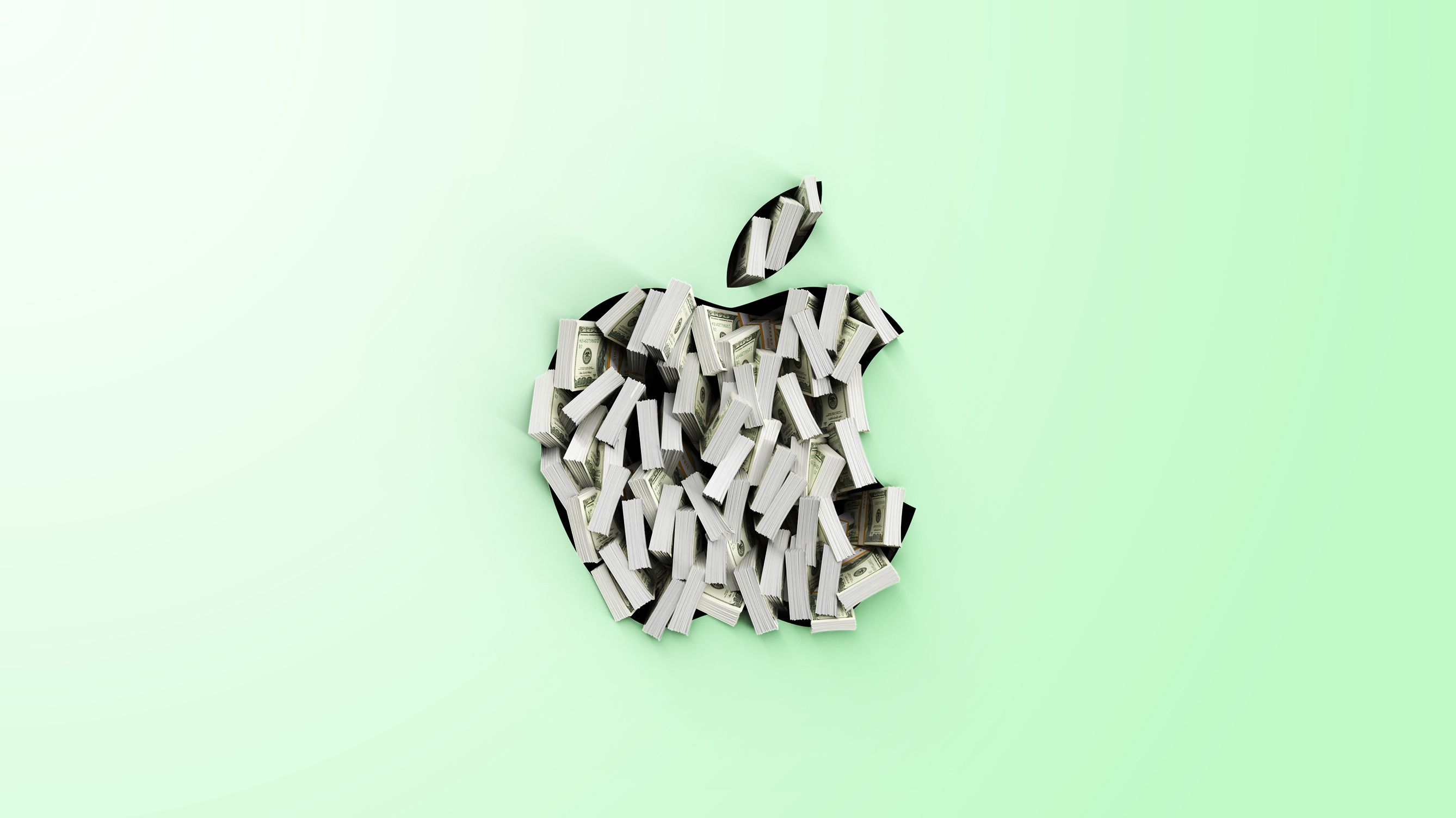This:
"...something else up their sleeve for WWDC? If Apple is going to start using their own Apple Silicon based system in their servers, maybe they designed a new architecture for them and it will be used in the Mac Pro?"
Doubtful. Pretty good chance Apple uses the same SoC subcomponents they have: CPU cluster , GPU cluser , NPU cluster , etc. but just use different die space allocations. Higher R&D reuse and lower overall cost.
" ... The report said the new chip contains "many duplicates" of Apple's Neural Engine, so it sounds like it will offer turbocharged performance for AI processing.
....
More on Broadcom's involvement, from the report:
Like Google, Apple is relying on Broadcom for technology to network or link the chips together so they can work in unison to compute data more quickly.
..."
Apple Intelligence servers are currently powered by the M2 Ultra chip , and they are expected to start using M4 series chips next year. In an eventual move away from Mac chips for server use, The Information today reported that Apple is developing a new server chip that will offer even faster...

www.macrumors.com
If Apple strips out the Thunderbolt I/O subsystem to put the 100/200GbE Broadcomm Ethernet system onto the die to build a Google Tensor clone like data center only focused package, then the 'fit' with the Mac Pro is going to be minimal. Similarly, If lower the display controller count to minimal levels ... again a mismatch,
Likewise if they shift the die percentage allocation to the NPUs much higher while dialing back the CPU... very similar mismatch.
In short, if scaling up the NPU die allocation , then a pretty good chance that something else is going to 'loose'. If using the same basic building blocks for the design then it is more so a zero-sum game of shifting die allocations to meet the customized workload and external interconnection context ( 100+ Ethernet , not 10GbE) .
If they can manage a 300W variant then perhaps they can compose a card that could put into a Mac Pro , but that wouldn't be the primary SoC for the system. If tweak the Mac Pro's AUX power then maybe a 400-450W zone. i wouldn't hold my breath on that though ( depends upon how entangled their specific data center security into this system. Only needs to work in one companies data center , there isn't a big push for general utility.)
Some folks think the "data center" is going to bring RAM DIMM slots back. High end data center cards don't have "DIMM slots". For example
" ... Trillium TPUs achieve an impressive 4.7X increase in peak compute performance per chip compared to TPU v5e. We doubled the High Bandwidth Memory (HBM) capacity and bandwidth, and also doubled the Interchip Interconnect (ICI) bandwidth over TPU v5e. ..."
The new sixth-generation Trillium Tensor Processing Unit (TPU) makes it possible to train and serve the next generation of AI foundation models.

cloud.google.com
Decent chance Apple sticks with their "poor man's HBM" formula , but the next likely alternative would be HBM ( which is another cost mismatch for the the Mac Pro).






